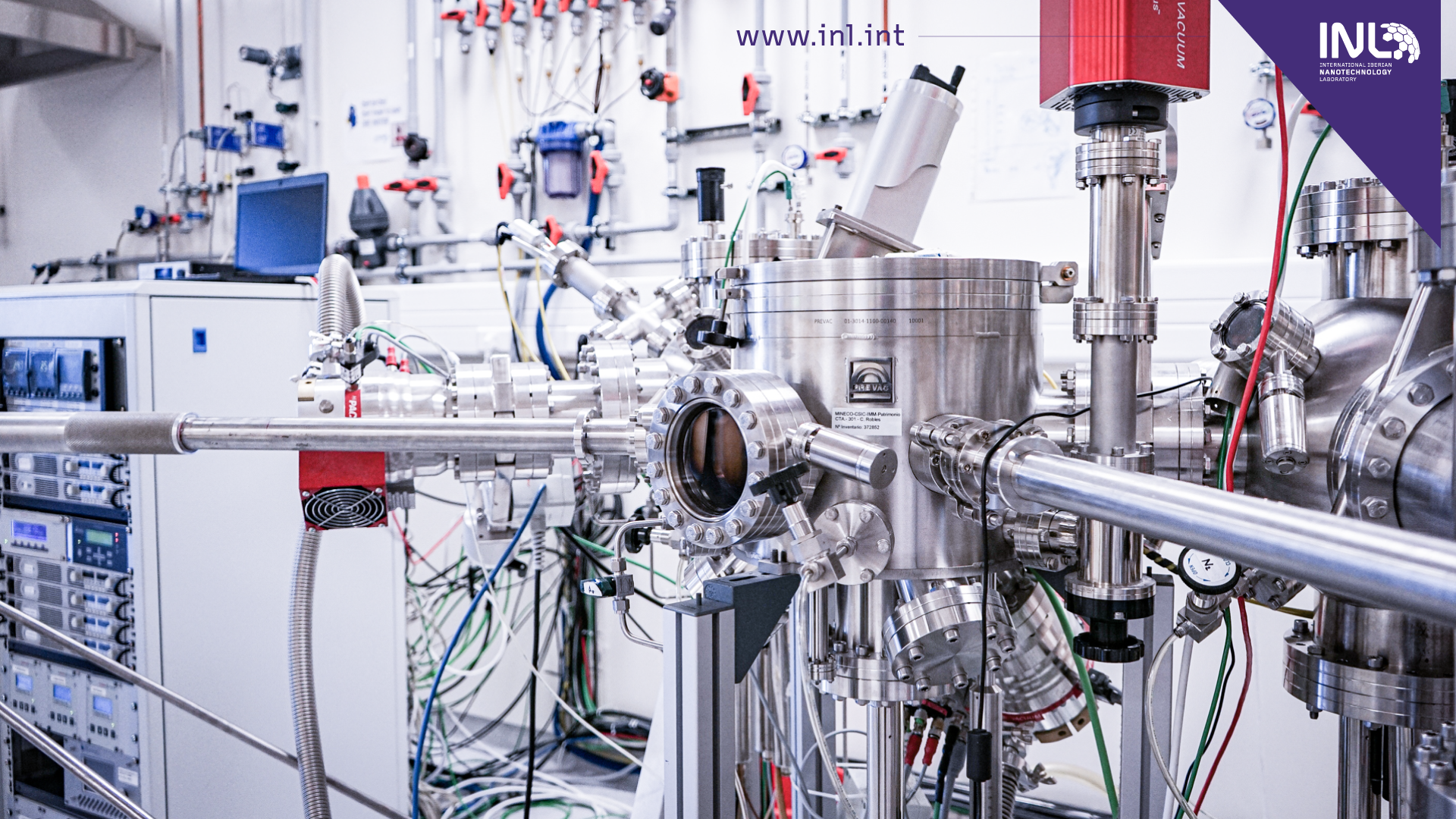
Photovoltaics programme: developing novel materials and processes to improve the performance of solar cells
February 23, 2023
Solar cells, also called photovoltaic cells, convert sunlight directly into electricity. Crystalline silicon photovoltaic cells are the most common solar cells used in commercially available solar panels, and they benefit from decades of know-how and synergies with the microelectronics industry.
Even though silicon photovoltaic cells are extremely cost-competitive, current silicon manufacturing sites are mostly based in Asia and require extremely large investments. Moreover, silicon photovoltaic technology has poor low-light sensitivity, uses rigid modules, and the aesthetics are conservative and have other limitations that need to be addressed if photovoltaic is to be deployed in a larger number of applications.
The Clean Energy cluster at INL – International Iberian Nanotechnology Laboratory has different activities within the photovoltaics programme: developing novel materials and processes to improve the performance of solar cells – such as low-weight, flexible materials, and low-cost methodologies; enhancing photovoltaics by integrating new solar cell architectures with different micro- and nano-structures; expanding the photovoltaics use-cases such as developing agrivoltaics and neural networks/artificial intelligence for asset management.
We have several ongoing projects on photovoltaics. These projects are all highly collaborative, both with academia and industry, at different stages and technology readiness levels (TRL) and comprise both Portuguese (PRR, FCT) and European funding programmes (Horizon Europe).
-
Baterias 2030 (PT2020) The main objective is the development of urban energy generation, storage and management technologies. We are developing large-area and low-cost deposition techniques for perovskite solar cells and studying new approaches for interface passivation of semiconductors.
-
Design-Solar (FCT) We perform in-situ experiments to improve the performance of thin film Cu(In,Ga)Se2 (CIGS) solar cells, namely microstructural processes, phase transformations, defect formation and annihilation, elemental segregations, crystallinity and electronic properties.
-
REMAP (Horizon Europe) Emerging green technologies like micropatterned photovoltaics require high-quality patterning at scale/throughput that is hardly attainable economically and sustainably. REMAP envisions a new and green surface patterning technique based on the spontaneous formation of reusable magnetic masks.
-
R2UTechnologies (PRR) R2U or ‘ready to use’ aims to develop modular construction. INL will be developing tailored solar modules for building integrated photovoltaics that is flexible and low-weight – i.e. easy to install.
-
SITA (Horizon Europe) The main objective of the project is the development of tandem solar cells based on silicon and chalcopyrite technologies. INL is working towards the development of interface passivation strategies, developing solar cell architectures, and performing state-of-the-art characterisation to fully understand these new devices.
-
Enertex (GreenAuto) (PRR) INL will research, design and develop CIGS thin film solar cells that exhibit high performance. The work will also focus on the research of a method for the incorporation of cells in textile materials.
-
SmartPV (PT2020) We are developing a platform for the management of large photovoltaic assets by introducing advanced algorithms based on neural networks to evaluate the thermal imaging of photovoltaic modules.
-
ATE (PRR) The ‘alliance for the energy transition’ project aims to develop a number of renewable technologies. INL will work towards the implementation of agrivoltaics and support the implementation of a management asset platform.



